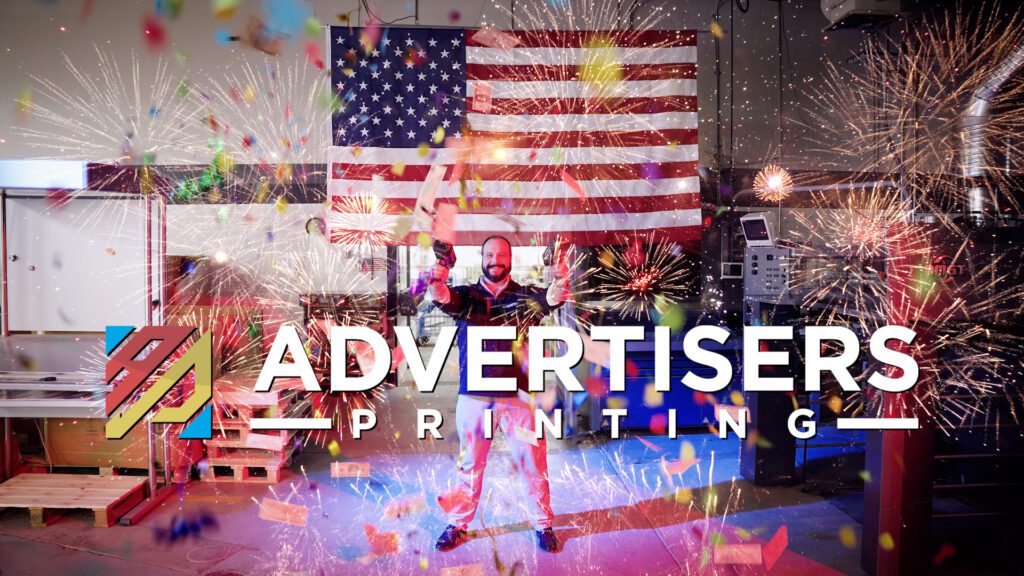Creating a Print Ready File
So you want to create a Print Ready File or Print Ready PDF?But what is a print ready file? The easiest answer is that a
You've got to see it to believe it!
Real world examples of how Advertisers Printing can take your print strategy to the next level.
So you want to create a Print Ready File or Print Ready PDF?But what is a print ready file? The easiest answer is that a
The Advertisers Printing Company
1229 S. Vandeventer Ave.
St. Louis, MO 63110
Phone: (314) 652-9924
Fax: (314) 652-9049
Guiding Success with Insight and Experience: Explore how skilled communicators utilize print and omni-channel techniques.
